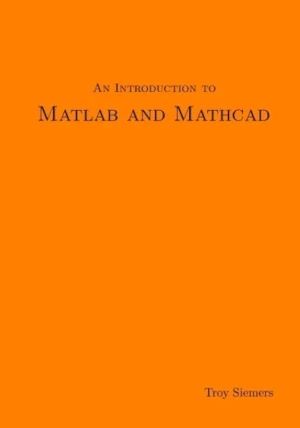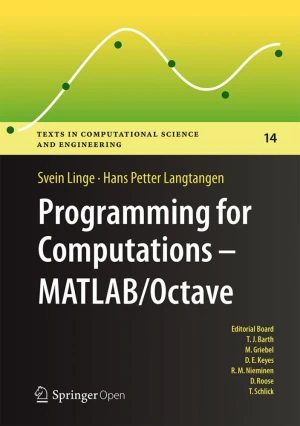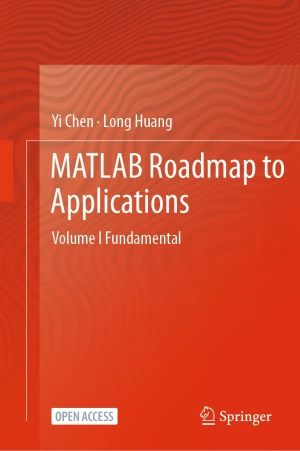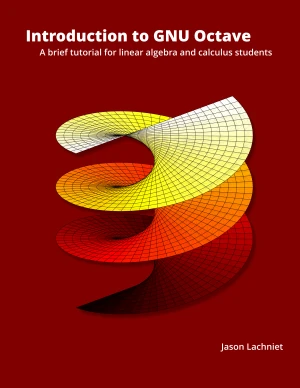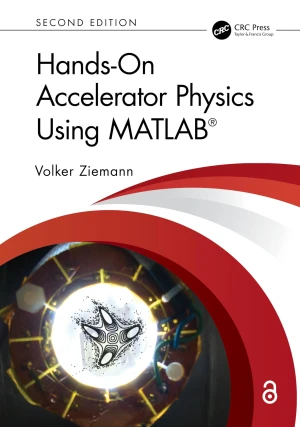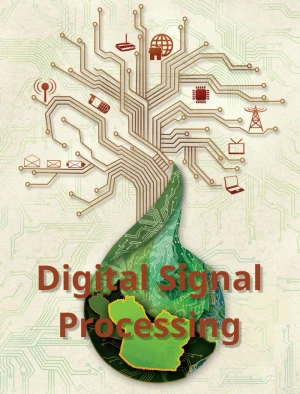Zero to MATLAB
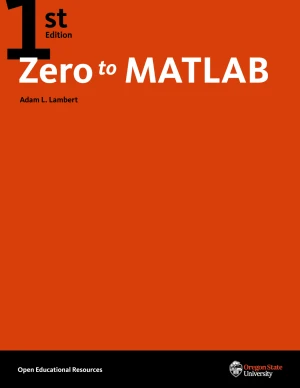
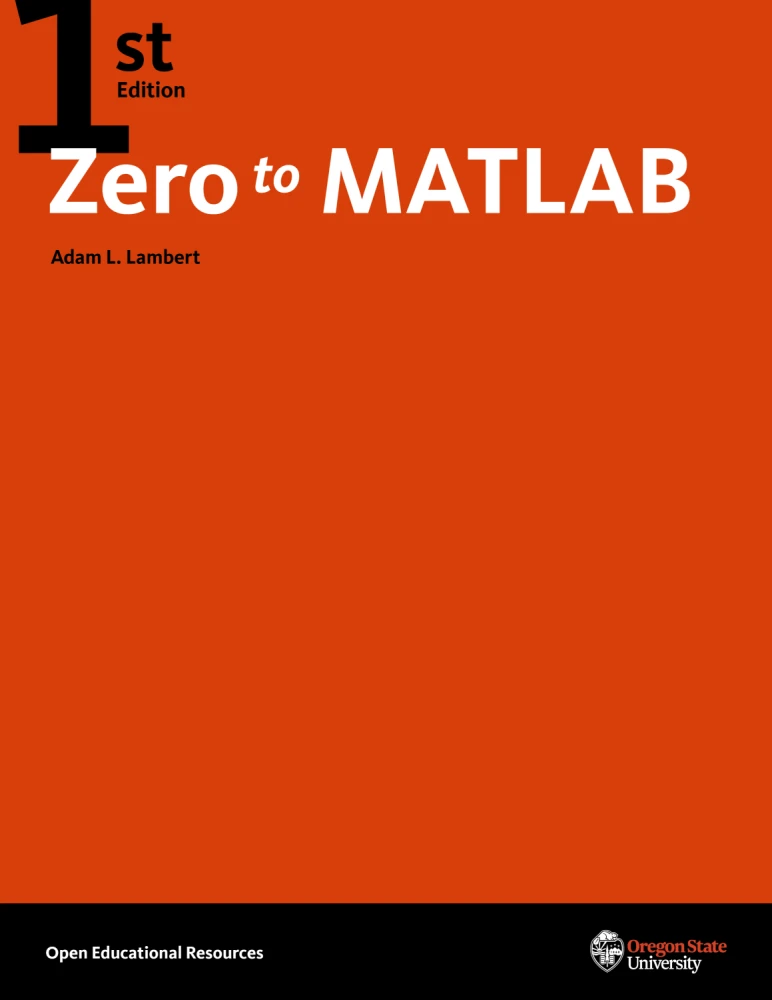
Book Details
| Author | Adam L. Lambert |
| Publisher | Oregon State University |
| Published | 2025 |
| Edition | 1st |
| Paperback | 151 pages |
| Language | English |
| License | Creative Commons Attribution-NonCommercial |
Book Description
If one is reading this, they are likely interested in solving science and engineering problems. They are also likely taking a course that requires them to learn MATLAB. They might ask themselves why they should learn to code, reasoning that if they had wanted to major in computers, they would have. The most obvious reason is that there are almost no "pencil-and-paper" problems of significant monetary value, so anyone planning to make a living with their degree will need to be able to perform complex calculations on a computer.
Some may argue that spreadsheet programs, such as MS Excel, are a better choice for engineering calculations. The author disagrees. Firstly, spreadsheet workflows scale poorly when confronted with a large number of repetitive tasks. For instance, an Excel sheet that depends on the GOALSEEK function requires that function to be called for each individual calculation. To solve the same calculation with 100 different input parameters, one would have to update those parameters and call the function - a process requiring multiple menu selections - at every single step. In a scripting language like MATLAB or Python, this process can be automated with a simple loop wrapped around an existing computation, requiring minimal effort. Importing or generating large data sets of input values is also simple. While it is possible to write macros and even script in a spreadsheet program, that process is generally not smooth and does not scale as effectively. Furthermore, by the time one learns how to do it, they could have just used a dedicated scripting language and reaped its additional benefits.
Once an individual learns the basic syntax of a scripting language like MATLAB, a wide range of other options becomes available. They can connect MATLAB to a variety of laboratory equipment using National Instruments hardware, allowing for the automation of data collection and the implementation of process controls. They can even build custom hardware interfaces using Arduino microcontrollers. One can implement machine learning algorithms, create clickable, window-based tools for processing microscope images, and solve large, coupled sets of non-linear differential equations. All of this is well beyond the reach of a spreadsheet program, and each example comes directly from a real engineering project on which the author worked.
This book is available under a Creative Commons Attribution-NonCommercial license (CC BY-NC), which means that you are free to copy, distribute, and modify it, as long as you attribute the source and don't use it for commercial purposes.
If you enjoyed the book and would like to support the author, you can purchase a printed copy (hardcover or paperback) from official retailers.
Download and Read Links
Share this Book
[localhost]# find . -name "*Similar_Books*"
An Introduction to Matlab and Mathcad
This text is used in a mathematical software course at VMI that provides an introduction to Matlab and Mathcad. However, Troy Siemers also intends it to be a course book instead of an all inclusive resource. He encourages his students to take full advantage of the built-in help capabilities of these software packages, additional texts (he keeps a f
Programming for Computations - MATLAB/Octave
This book presents computer programming as a key method for solving mathematical problems. There are two versions of the book, one for MATLAB and one for Python. The book was inspired by the Springer book TCSE 6: A Primer on Scientific Programming with Python (by Langtangen), but the style is more accessible and concise, in keeping with the needs o
MATLAB Roadmap to Applications
This open access book presents a comprehensive guide to MATLAB programming, catering to students, engineers, and researchers seeking to harness MATLAB as a powerful tool for their work. The text meticulously covers fundamental concepts, progressing from basic elements such as types and operators to more complex structures like arrays and matrices.
Introduction to GNU Octave, 3rd Edition
This guide introduces GNU Octave, a powerful, open-source software environment for scientific computing and numerical problem-solving. Through practical applications in linear algebra and calculus, readers will learn to leverage Octave's computational capabilities while strengthening their mathematical understanding. The text demonstrates Octave's
Hands-On Accelerator Physics Using MATLAB, 2nd Edition
Hands-On Accelerator Physics Using MATLAB, 2nd Edition, provides a broad introduction into the physics and the technology of particle accelerators from synchrotron light sources to high-energy colliders. It covers the design of beam optics, magnets, and radio-frequency systems, followed by a discussion of beam instrumentation and correction algorit
Digital Signal Processing
This practical guide bridges the core concepts of Digital Signal Processing (DSP) and modern digital communications. It focuses on the implementation of these principles using open-source tools like Python, Octave, and GNU Radio, alongside low-cost hardware platforms (USRP, DVB-T dongles, HackRF). The book takes a hands-on, code-first approach to b

